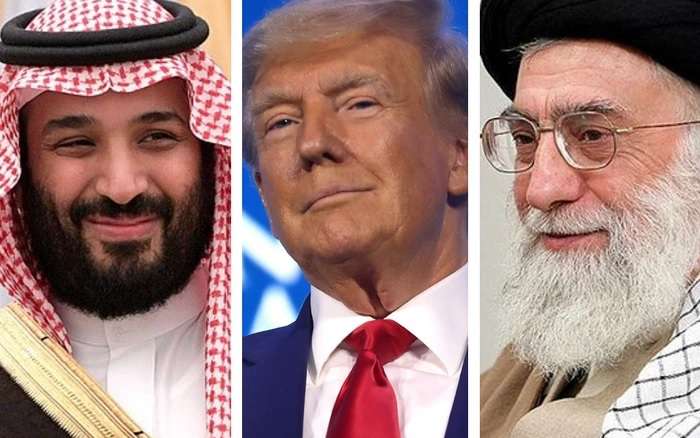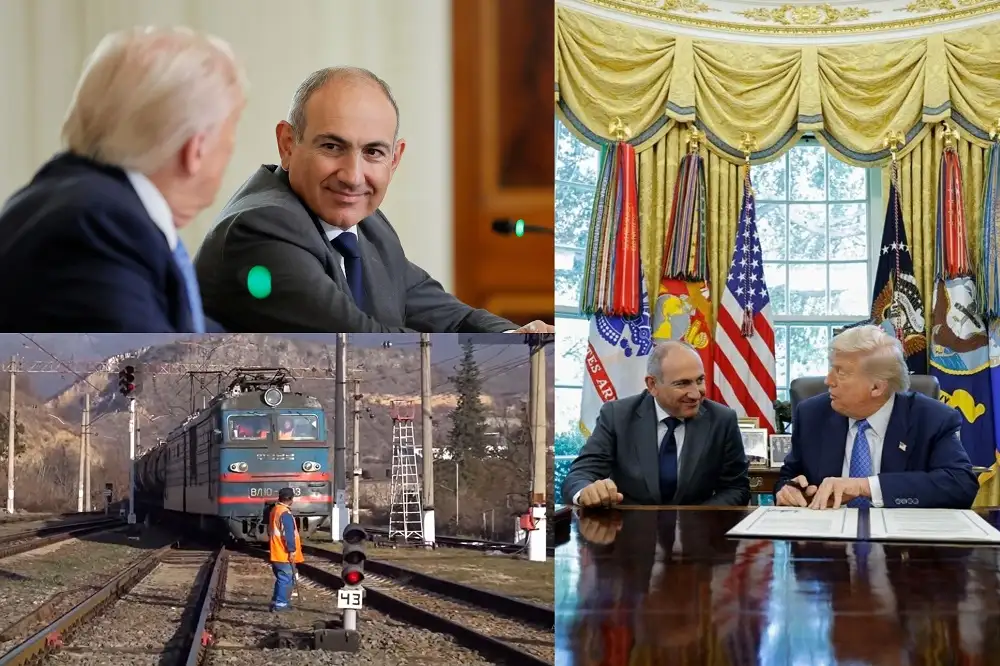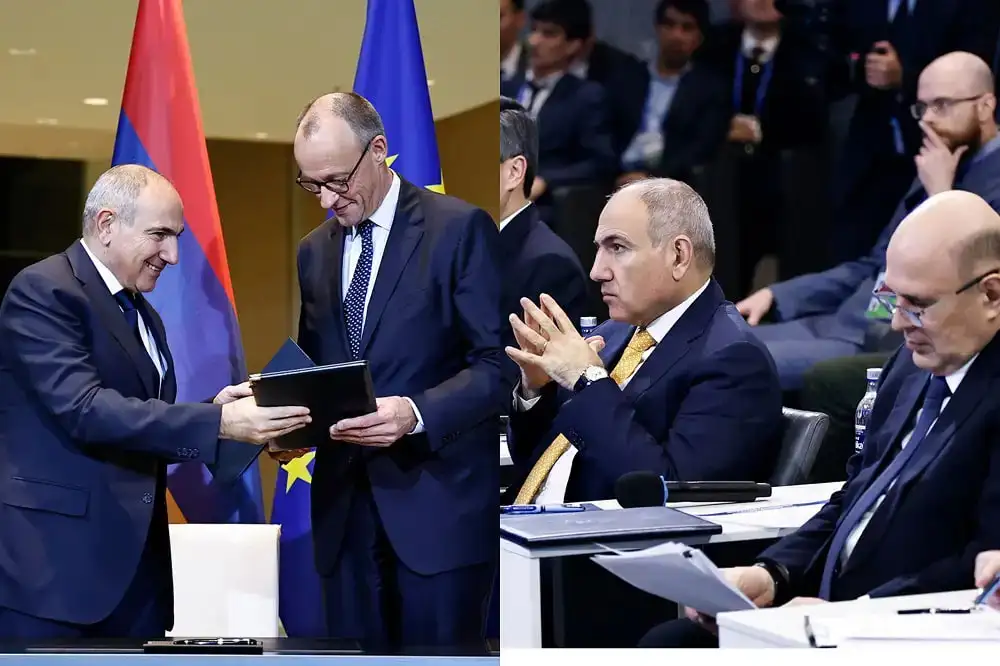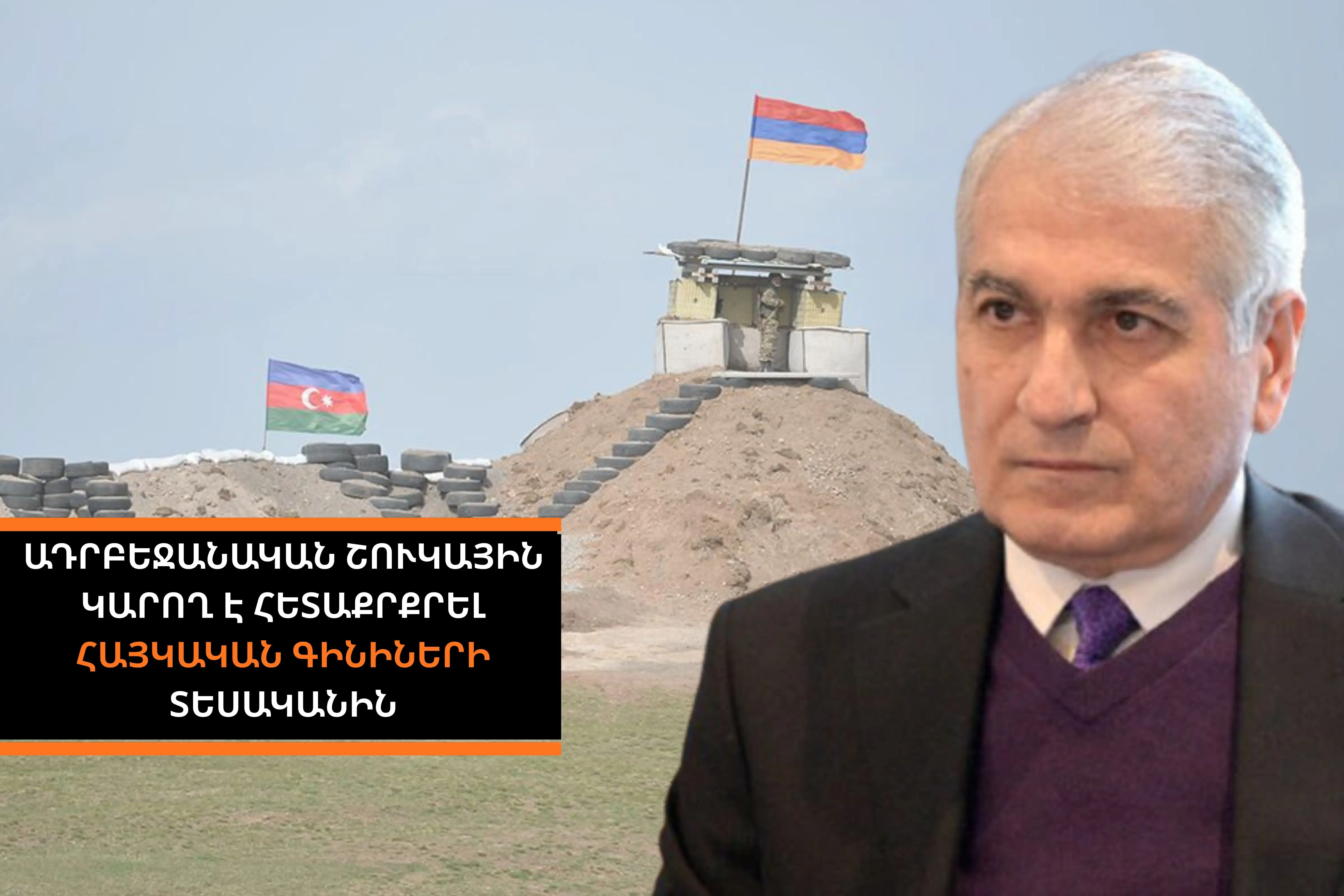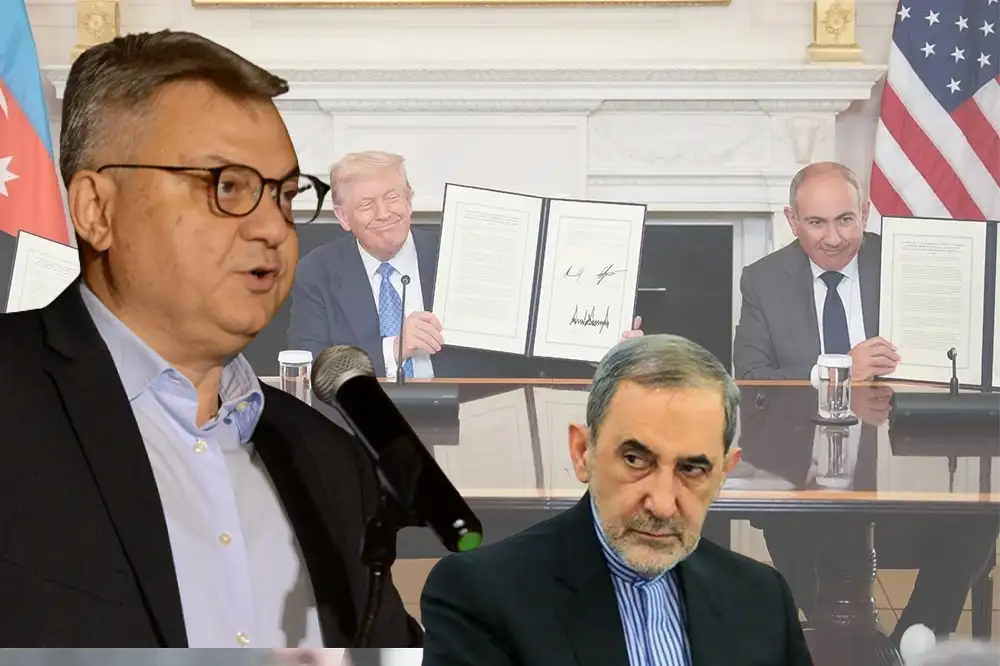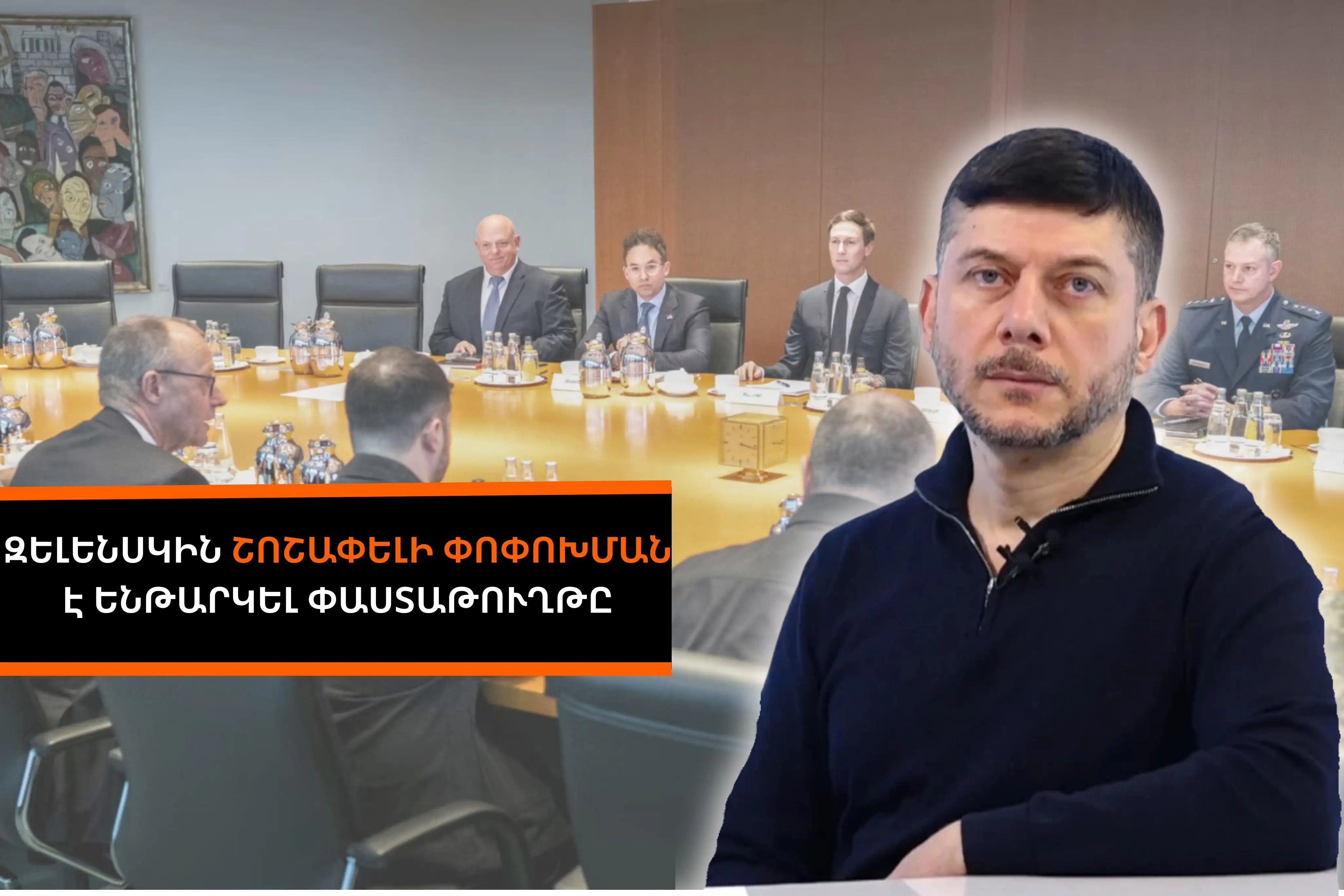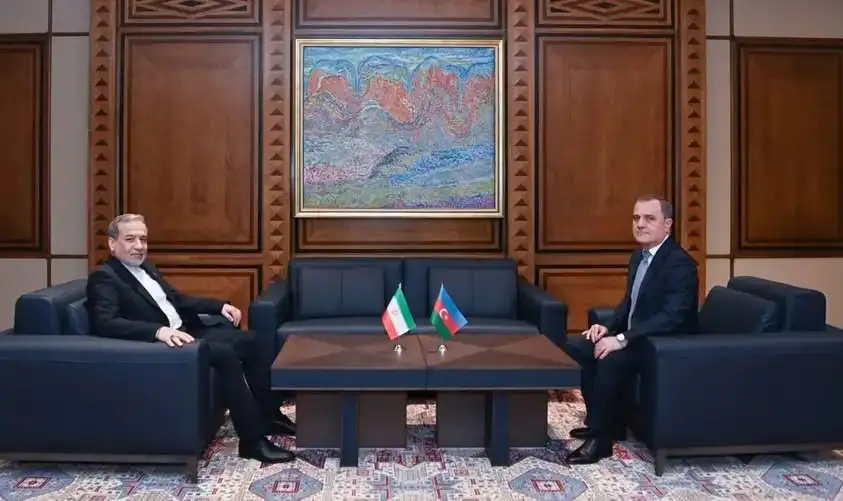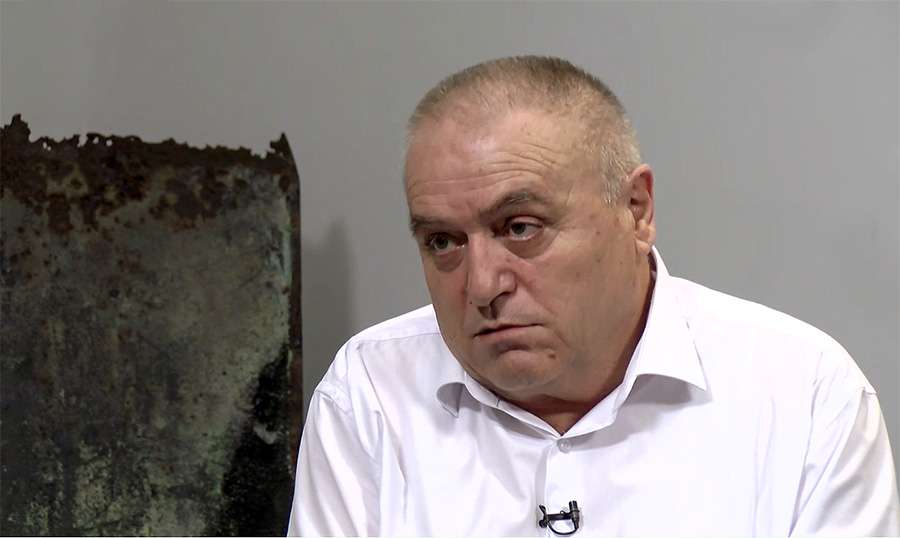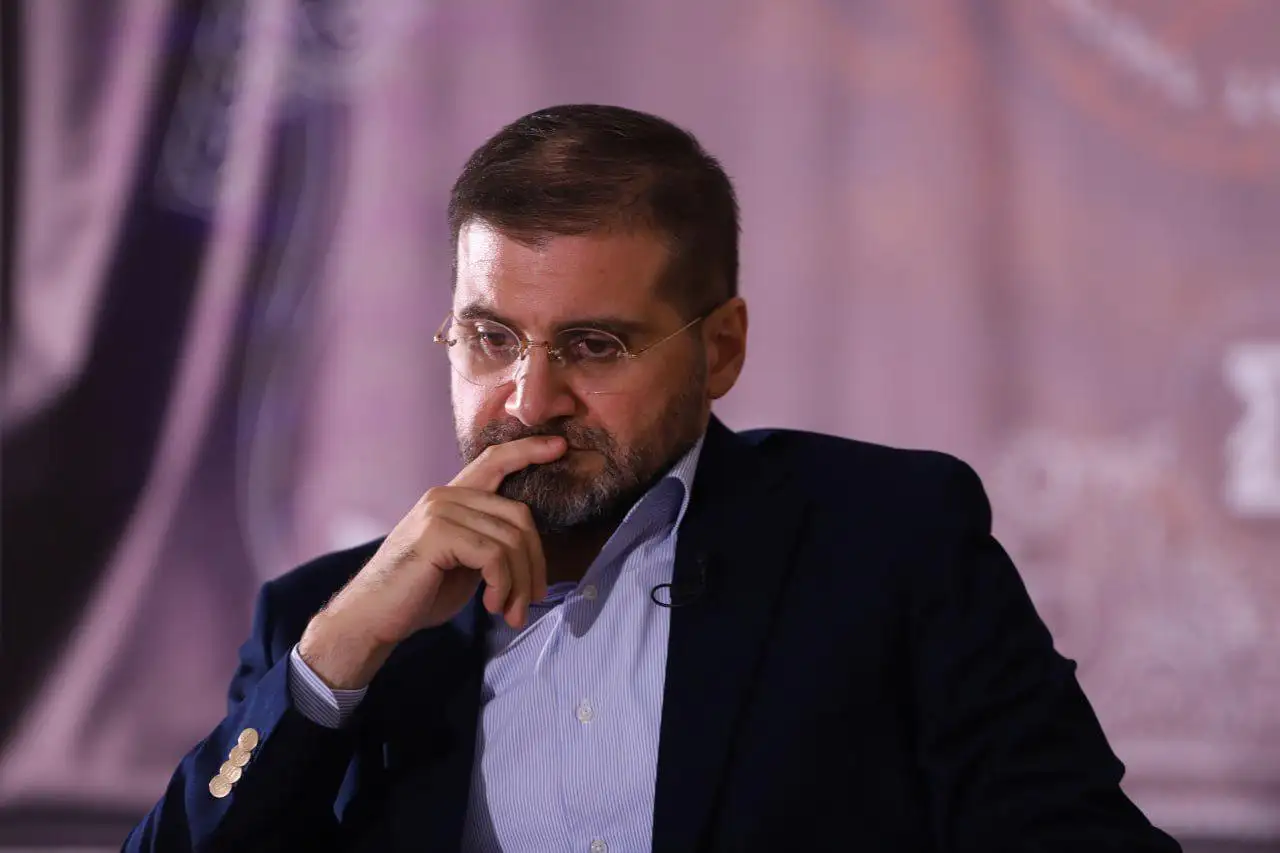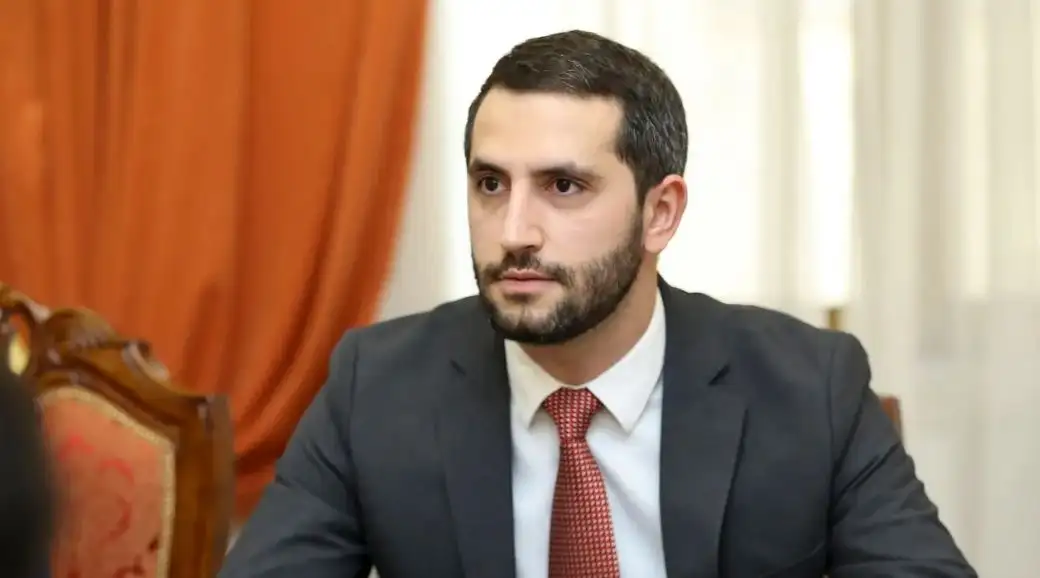The Responsible Statecraft website published an article by analyst Elfadil Ibrahim entitled "Let's Make a Deal: A Path to Enrichment That Both Iran and the United States Can Accept." Radar Armenia presents it with some abridgments.
"The recent military conflict between Iran and Israel, in which US forces were also involved, has effectively disrupted the diplomatic mechanisms established around Tehran's nuclear program. The "zero enrichment" principle, defended by the West in the short term, has now turned into a negotiating deadlock. In contrast, the idea of a regional nuclear consortium, which was previously considered a theoretical proposal, is becoming a realistic and viable approach in the current military and political realities.
Consortium Concept
Before the war, Iran announced its readiness to establish a uranium enrichment center on Iranian territory together with Saudi Arabia and the UAE. This model solves two main problems for Iran:
- Ensures the preservation of the nuclear program on national territory.
- Integrates Tehran into the new regional security architecture.
For the Persian Gulf states, this model provides an opportunity:
- To monitor Iran's nuclear activities through joint mechanisms.
- To limit the possibilities of enrichment for military purposes without open conflict.
US position and diplomatic changes
The administration of former US President Donald Trump, which preferred a transactional foreign policy, initially considered this approach, temporarily accepting limited enrichment in exchange for additional agreements. However, after Israeli strikes and losses suffered in Tehran, Iran suspended cooperation with the IAEA, declaring its intention to be guided by the principle of force legitimacy.
Currently, the demand for "zero enrichment" has become diplomatically impossible. The consortium's proposal, which would allow limited enrichment (up to 3.67%) on Iranian soil under strict IAEA supervision, could resolve the current impasse.
Operational mechanisms and beneficiaries
- Enrichment in Iran would be limited and strictly controlled.
- The United States would support the construction of reactors for peaceful purposes.
- Saudi Arabia and the UAE would participate as shareholders, with a possible technical presence.
The mechanism for lifting sanctions would be developed in a phased or complete scheme.
Other regional actors, notably Saudi Arabia, which previously rejected joint platforms due to concerns about the primacy of Iranian interests, have been more inclined to reconsider their position since the recent conflict. Iran has shown itself ready to expand its counterattacks, including against US military bases, which has forced Gulf states to reassess their approaches.
Risks and Challenges
While the consortium model is promising, it involves several complications:
- Possible conflict between the US policy stance and Israel's security interests.
- A complex diplomatic process to reach an agreement among the Gulf states.
- The threat of technological proliferation is based on historical examples (e.g., the activities of Abdul Qadir Khan).
However, the realistic choice is no longer between an ideal agreement and a practical, albeit risky, model but between a military scenario and a useful, albeit risky model. The regional consortium, despite its shortcomings, remains the only viable and constructive proposal for addressing the nuclear crisis.
Prepared by: Arman Galoyan




